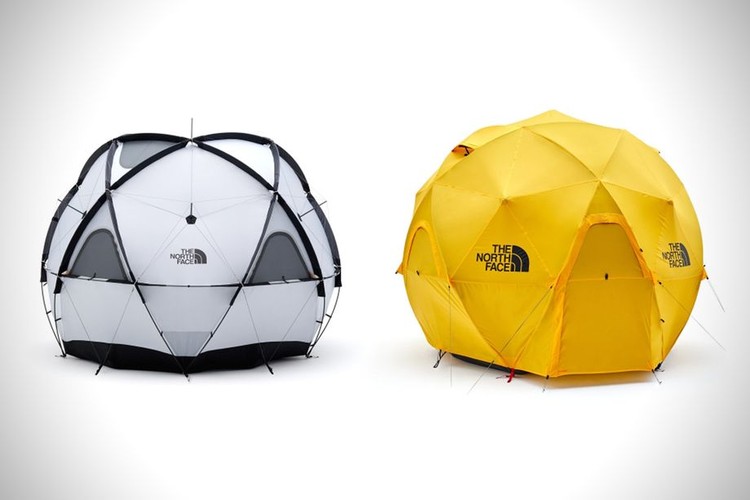
The project inscribed inside a gasholder in St. Petersburg, aims to transform an industrial area into an educational and scientific center with a large projection screen. The fun part? It is located in a large geodesic dome.
The geometric model is made up of mainly with wood and metal links for a light and resistant construction.

















